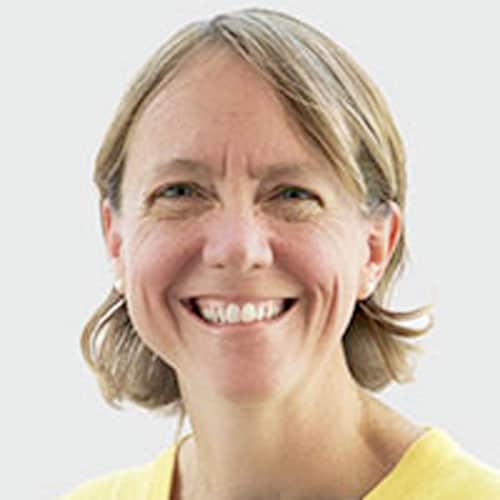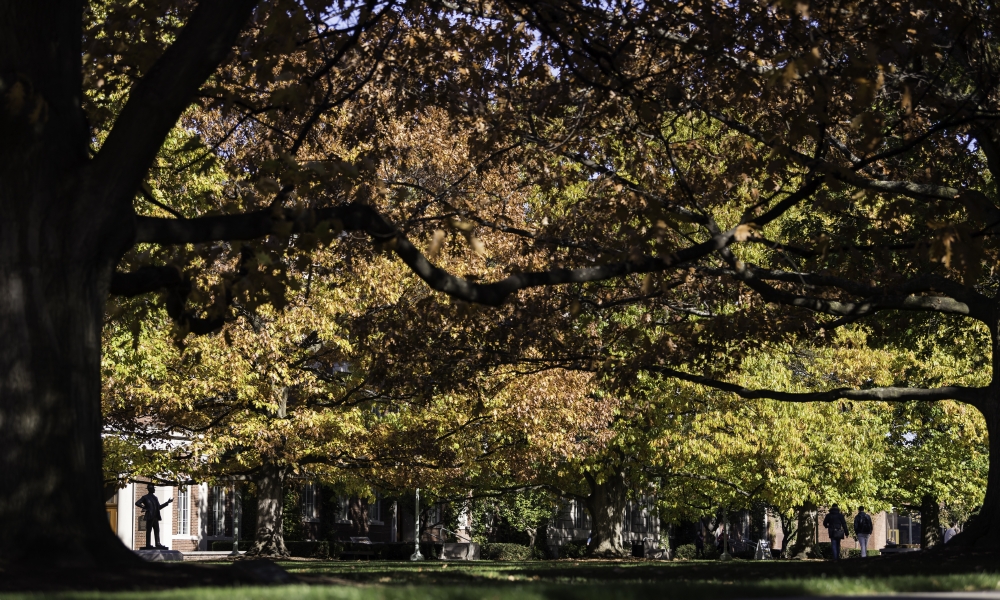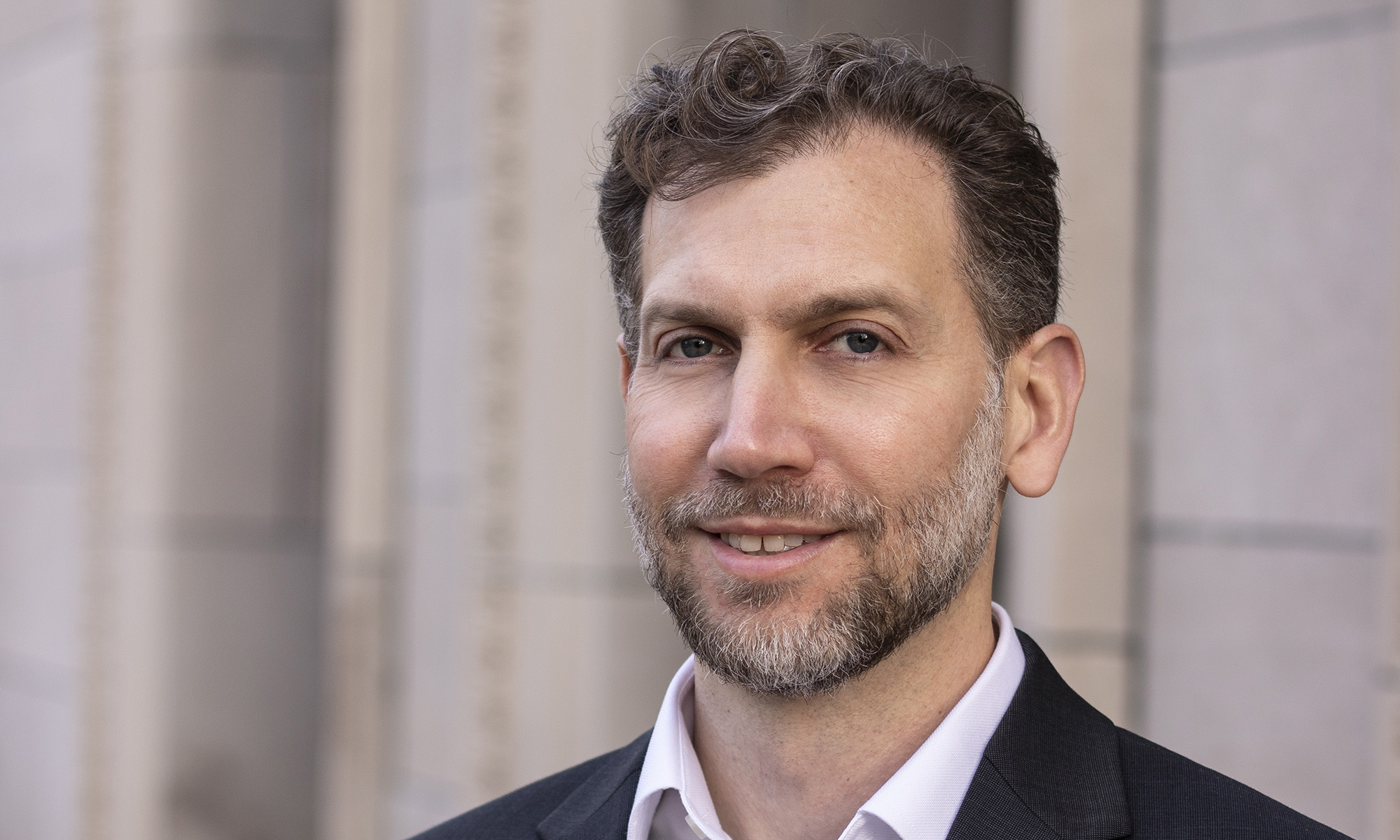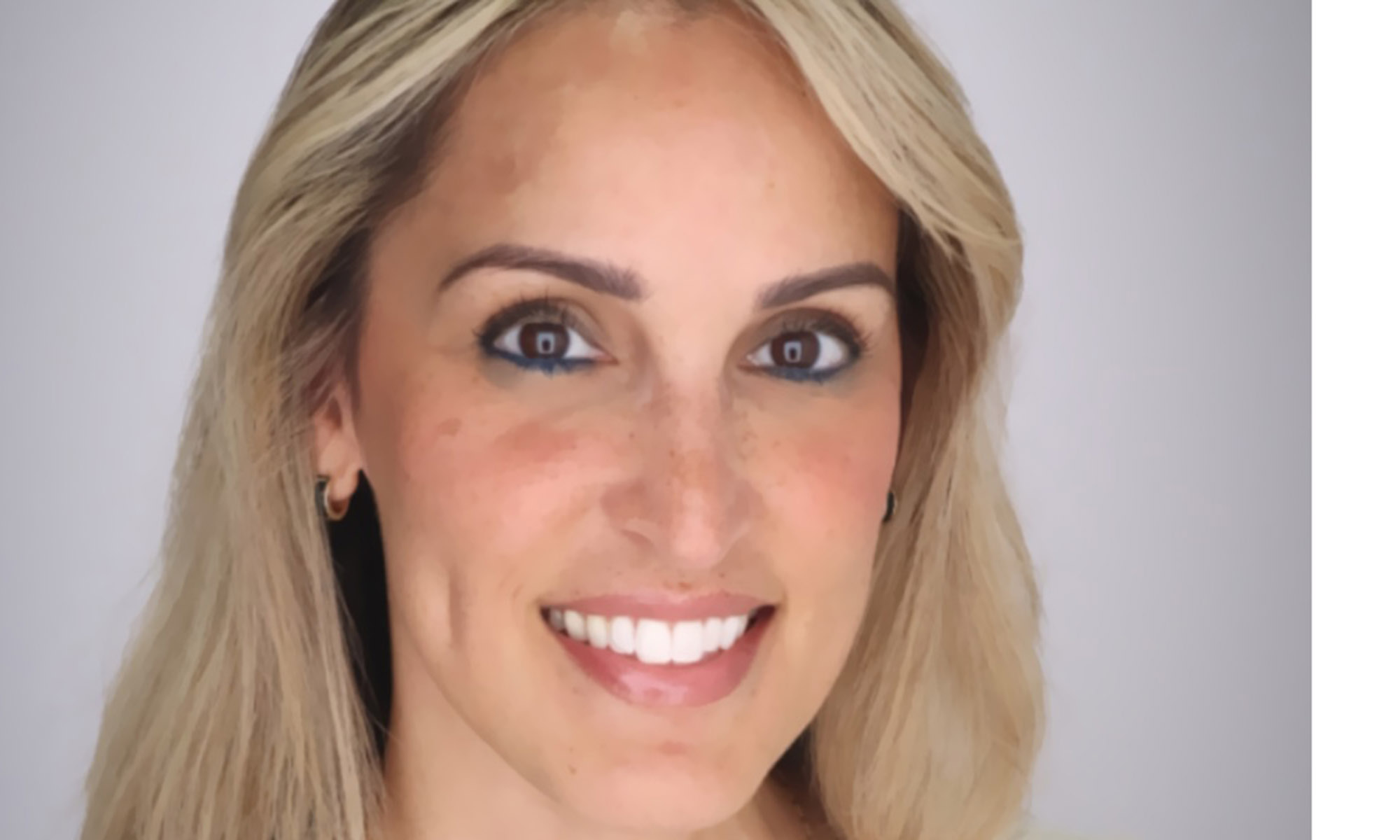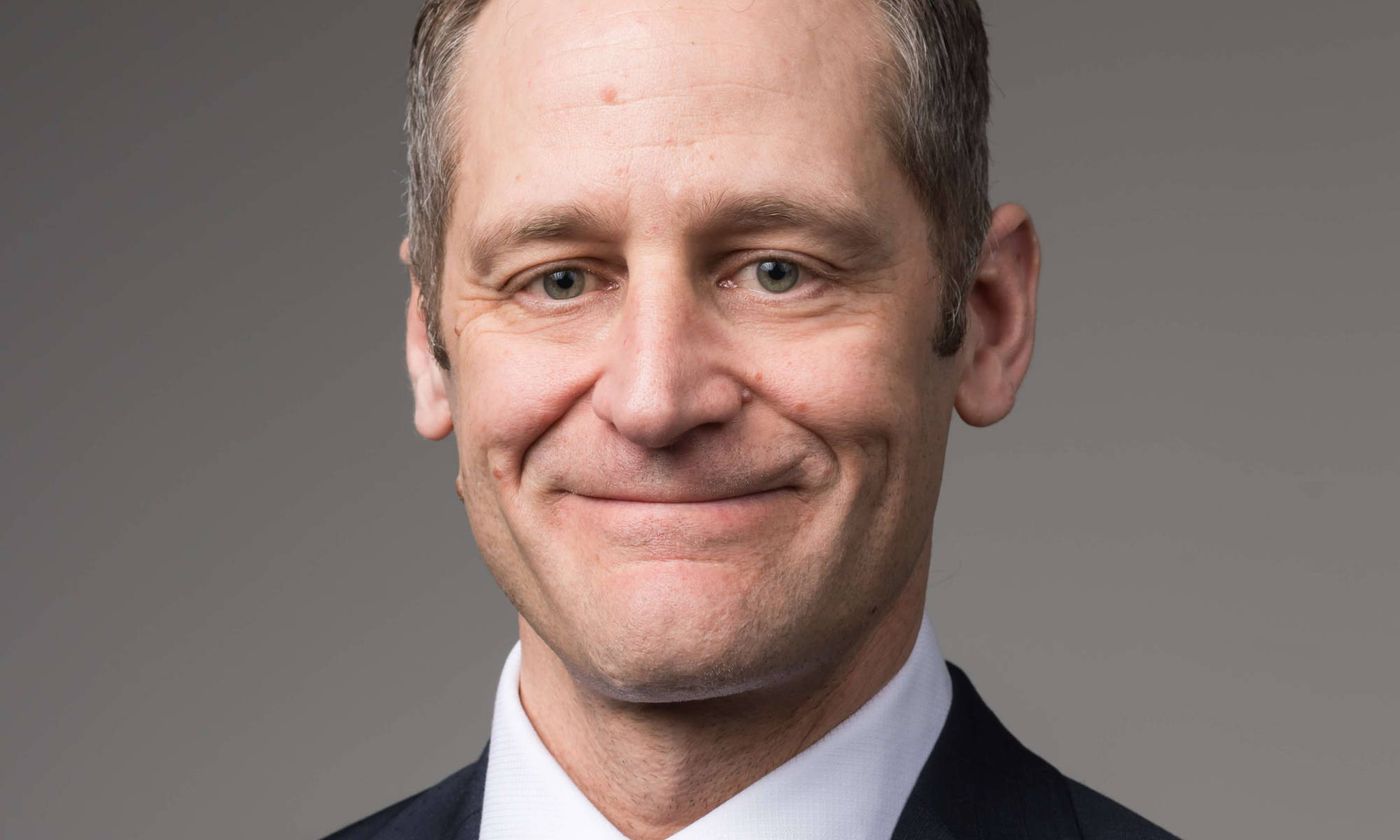Members of the University community with federal student loans may be eligible for student debt relief.
President Biden recently announced a multipart student debt relief program geared toward low- and medium-income earners and families. For qualifying individuals, the program includes:
- cancellation of up to $10,000 in student debt for Americans with federal loans, and up to $20,000 for those with Pell Grants;
- student debt relief through a simplified Public Service Loan Forgiveness Program (PSLF), and a one-time waiver for relief of qualifying student loan payments that have previously been made. Through PSLF, borrowers whose annual income is less than $125,000 (or $250,000 for married borrowers) are eligible for cancellation if working full time for a qualifying employer.
With assistance from Sam Veeder, the director of Financial Aid and an associate dean of College enrollment at the University of Rochester, the following information is provided to all at the University who carry federal student loans to help explain how the student debt relief program works and what actions need to be taken, especially with the newly added time-sensitive PSLF waiver.
Recent University graduates with federal student loan debt, including Pell grants
One part of the loan forgiveness plan is debt relief of up to $20,000 for prior Pell-Grant recipients, and up to $10,000 for all other federal loan borrowers. The relief includes current students and borrowers who have federally held undergraduate, graduate, and Parent PLUS loans that have been fully disbursed by June 30, 2022. This is a one-time, pandemic-related loan cancellation, according to the Department of Education.
To be eligible for the debt cancellation, a borrower’s annual income must be below $125,000 (individuals) and $250,000 (married couples/head of households). Borrowers who were dependent students in the 2021-22 and 2022-23 academic years will be eligible for relief based on parental income, rather than their own income.
Borrowers can view their loan balances and check their Pell Grant status by logging into their Federal Student Aid account online at studentaid.gov. Please refer to the Federal Student Aid office announcement for the most up-to-date information. There will be an application process available in early October, and eligible individuals have until the end of December 2023 to apply.
University employees with student loan debt who may qualify for PSLF
The federal PSLF program provides federal student debt relief to eligible individuals employed full time by a US federal, state, local, or tribal government or not-for-profit organization, including the University of Rochester.
Importantly, there is also a limited PSLF component, which allows borrowers to receive credit for past periods of repayment that would otherwise not qualify for PSLF. Filing for this limited PSLF waiver opportunity ends on October 31, 2022.
University employees who think they might be eligible for PSLF, including the limited PSLF waiver, should visit the Department of Education’s Public Service Loan Forgiveness information page for more information. The University’s Office of Human Resources is also available to provide assistance through Ask URHR: email ask-urhr@rochester.edu or call (585) ASK-URHR (275-8747).
Debt relief and taxes
Several US states have already determined that any student debt relief delivered to residents through these programs will be subject to state income tax, while other states have indicated that it won’t be taxable income. According to information recently released, New York state is not expected to tax a borrower’s student debt cancellation; this is based on where an individual lives and files taxes, not where the college or university is based.
Everyone: Beware of scams
According to New York Governor Kathy Hochul, student borrowers should stay alert to scams related to student debt relief programs. State officials say loan borrowers should seek out trusted information at websites with “.gov” addresses, or use the federal Department of Education website for help answering any questions. Borrowers should not trust people or programs that make promises of early or special access or guaranteed eligibility, nor give their personal information like student aid IDs or Social Security numbers to anyone who contacts them.
Additional information on the federal student debt relief programs is available on the University of Rochester’s Financial Aid and Scholarship website.

